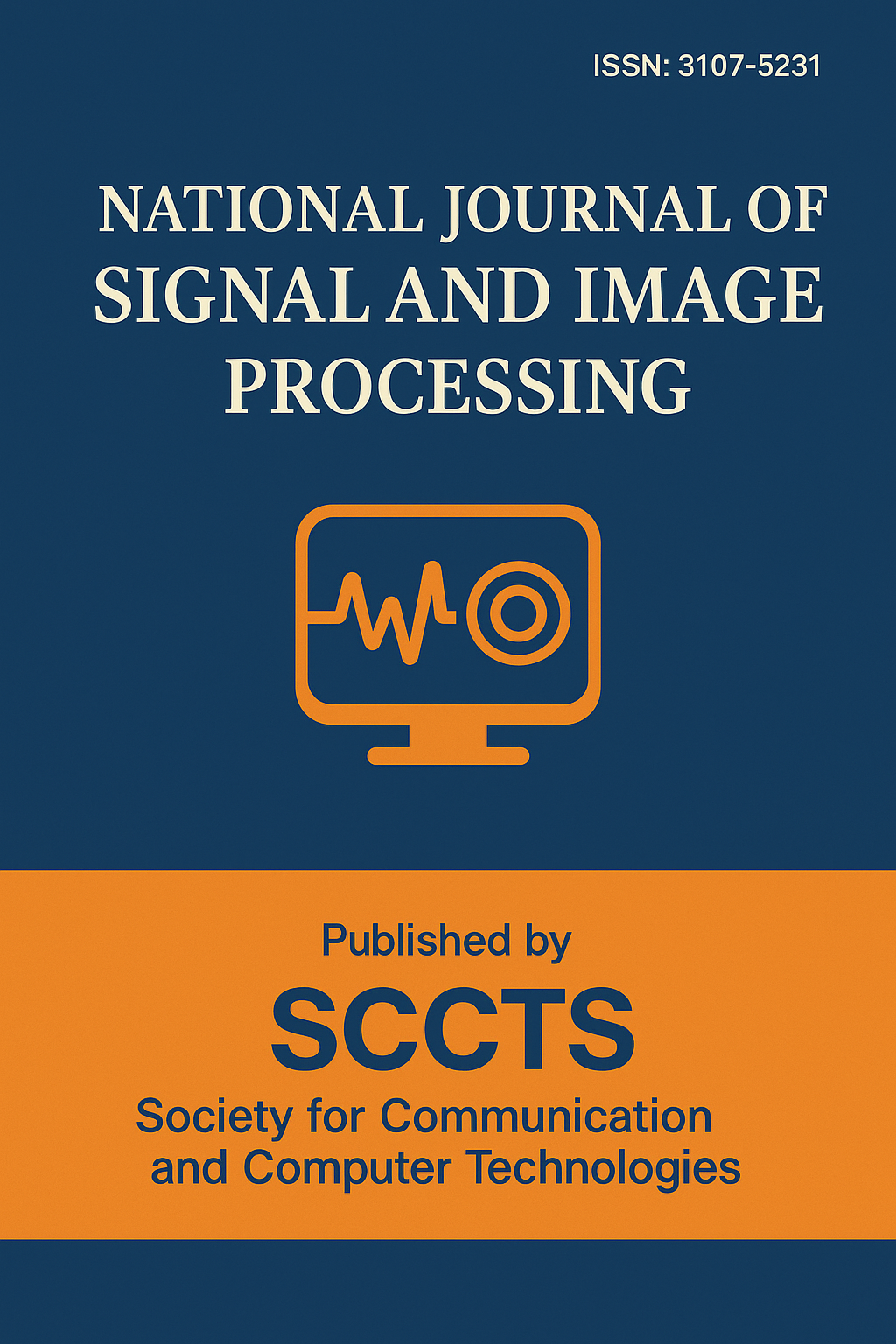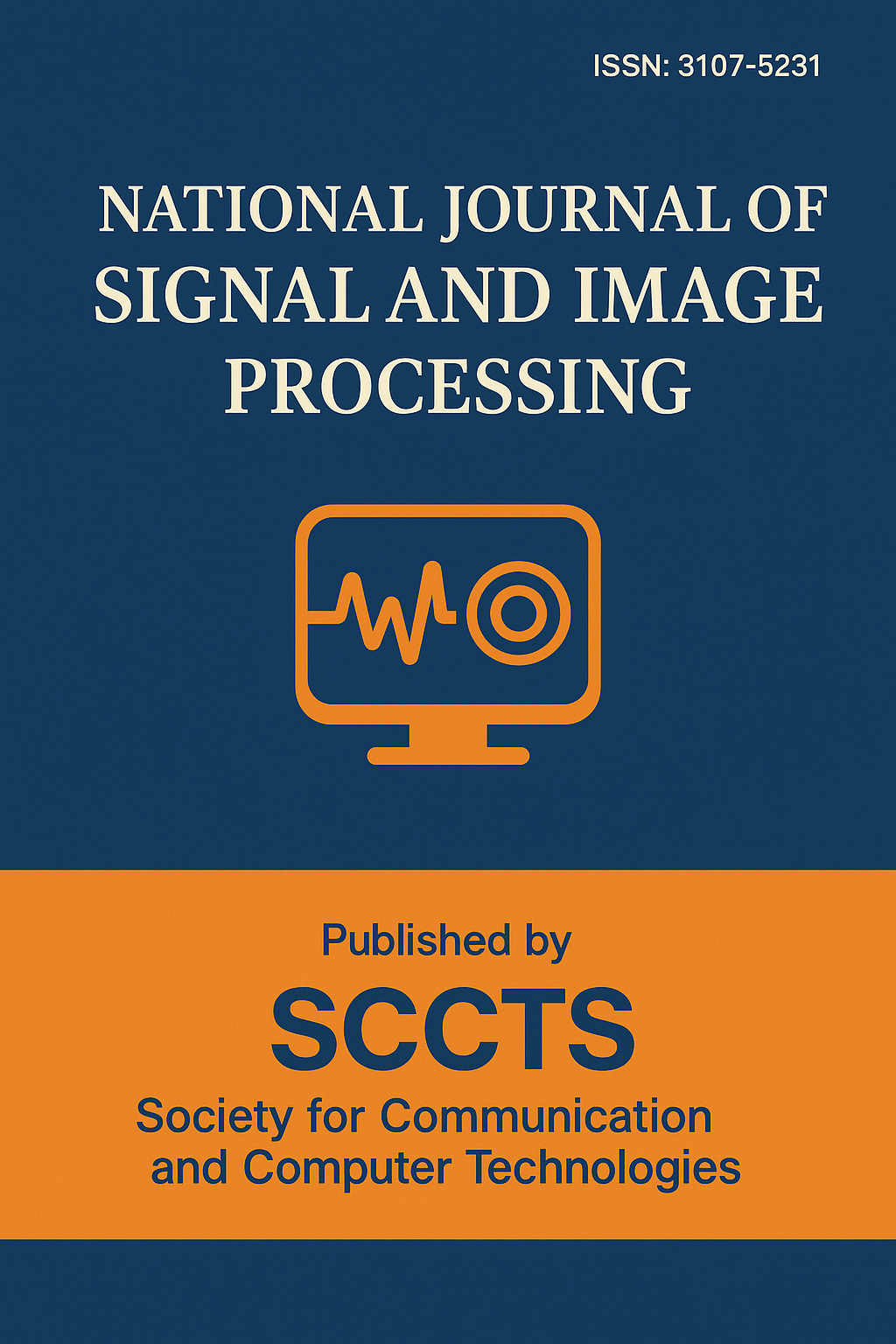Enhanced Time-Frequency Analysis of Seismic Signals Using Modified S-Transform and Deep Autoencoder Networks
DOI:
https://doi.org/10.17051/NJSIP/01.02.03Keywords:
Modified S-Transform, Deep Autoencoder, Seismic Signal Processing, Time-Frequency Analysis, Feature Extraction, Noise Reduction, Earthquake Detection, Signal Decomposition, Unsupervised Learning, Time-Frequency Representation (TFR).Abstract
Proper decoding of seismic signals is used during earthquake detection, geophysical exploration as well as during the monitoring of a structure. Some traditional approaches to time-frequency (T-F) analysis like Short-Time Fourier Transform (STFT) and Wavelet Transform (WT) are burdened by trade-offs between time and frequency resolutions and cannot be used easily to analyze nonstationary seismic events. This paper introduces an improved time-frequency analysis scheme that uses Deep Autoencoder Networks to improve resolution and features of existing time-frequency analysis schemes that incorporate Modified S-Transform (MST). The MST generalizes the S-Transform to include an adaptive Gaussian window that is rescaled depending on instantaneous frequency components in order to better localize in time and frequency. At the same time, a deep autoencoder is used to train noise-tolerant feature representations in terms of compressed features on the spectrograms generated by MST in unsupervised learning. Both the synthetic and real seismic data are used in the validation of the hybrid approach through use of events occurring in IRIS seismic network. Findings indicate that spectral clarity, classification accuracy (94.2 per cent), and performance in low SNR regimes has greater improvement as compared to conventional STFT and WT methods. The evaluated method manages to capture minute changes more accurately in waveforms and becomes interpretable under noisy situations. This framework allows even more complex task of seismic signal analysis that can be used in earthquake early warning systems, microseismic monitoring, and exploration geophysics thanks to powerful and scalable computation framework.






